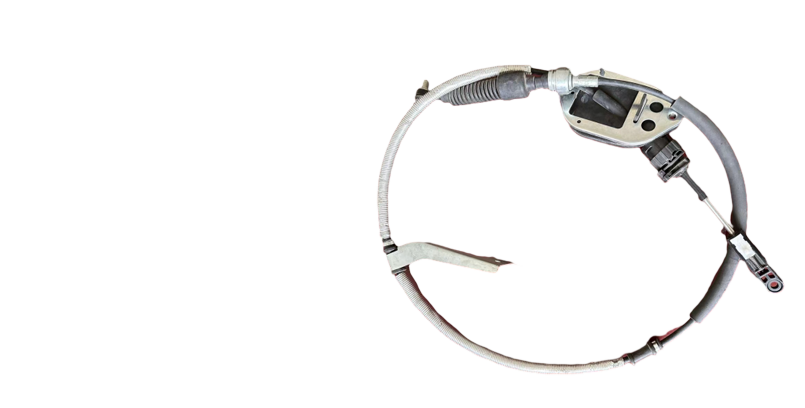Understanding the Function and Importance of Car Throttle Cables in Vehicle Performance
Understanding the Importance of the Throttle Cable in Automotive Engineering
The throttle cable is a crucial component in the operation of an automobile, connecting the accelerator pedal to the throttle valve in the engine. This seemingly simple piece plays a significant role in regulating the engine's power output and consequently the vehicle's performance. Understanding how the throttle cable works, its types, maintenance, and potential issues can help vehicle owners appreciate its importance in the overall functionality of their cars.
How the Throttle Cable Works
When a driver presses the accelerator pedal, the throttle cable is engaged, allowing the throttle valve to open. This action increases the airflow into the engine, which, in turn, allows more fuel to be injected. The engine then produces more power, optimizing the vehicle's performance. The throttle cable operates on a mechanical principle, typically made from flexible steel wire encased in a protective sheath. Depending on the vehicle's design, the throttle cable can either be directly linked to the throttle body or attached to a throttle body that manages the airflow electronically.
Types of Throttle Cables
While traditional vehicles commonly use a mechanical throttle cable, modern advancements in automotive engineering have introduced electronic throttle controls (ETC). In ETC systems, the accelerator pedal's position is detected by sensors, and the information is sent to the engine control unit (ECU), which regulates the throttle position electronically. This shift has provided improved accuracy in throttle response, better fuel efficiency, and enhanced engine performance.
car throttle cable

Maintenance of the Throttle Cable
A well-maintained throttle cable is essential for ensuring optimal vehicle performance. Over time, the throttle cable can wear out, fray, or even become disconnected. Regular inspections to check for signs of wear or damage can help prevent unforeseen issues. Lubricating the throttle cable is also vital; this ensures smooth operation and prevents stiffness that can lead to poor throttle response. Vehicle owners are encouraged to follow the manufacturer's guidelines regarding maintenance schedules and to be proactive in monitoring their vehicle's performance.
Common Issues and Solutions
Problems with the throttle cable can manifest as stiff accelerator pedals, unresponsive throttles, or erratic engine behavior. If the throttle cable fails completely, it can lead to a dangerous situation where the driver is unable to control engine power, posing a significant safety risk. In these cases, replacing the throttle cable is the most effective solution. It’s advisable for vehicle owners to consult with professional mechanics for diagnosis and repairs, especially if symptoms persist.
Conclusion
In summary, the throttle cable may seem like a minor component in an automobile, but its role is vital in ensuring that the vehicle responds accurately to the driver’s commands. Whether dealing with a mechanical throttle cable or an electronic throttle control system, understanding this component's functionality, maintenance needs, and common issues is crucial. By taking care of the throttle cable and recognizing potential problems early, drivers can ensure a safer and more enjoyable driving experience. Proper awareness and timely intervention can make a significant difference in vehicle longevity and performance.
-
Workings of Clutch Pipe and Hose SystemsNewsJun.04,2025
-
The Inner Workings of Hand Brake Cable SystemsNewsJun.04,2025
-
The Secrets of Throttle and Accelerator CablesNewsJun.04,2025
-
The Hidden Lifeline of Your Transmission Gear Shift CablesNewsJun.04,2025
-
Demystifying Gear Cables and Shift LinkagesNewsJun.04,2025
-
Decoding Clutch Line Systems A Comprehensive GuideNewsJun.04,2025
